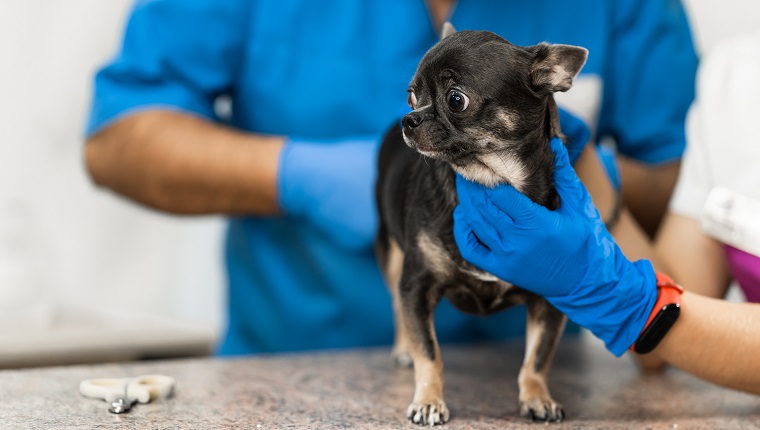Anal sac disorders in dogs happen for a number of reasons, including the fluid in the anal sacs becoming impacted, the anal sacs developing abscesses, or the anal sacs becoming inflamed. These disorders can often result in the dog seeming to scoot around on the floor.
Anal sac disorders also seem to affect certain smaller breeds of dog more frequently than…







